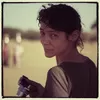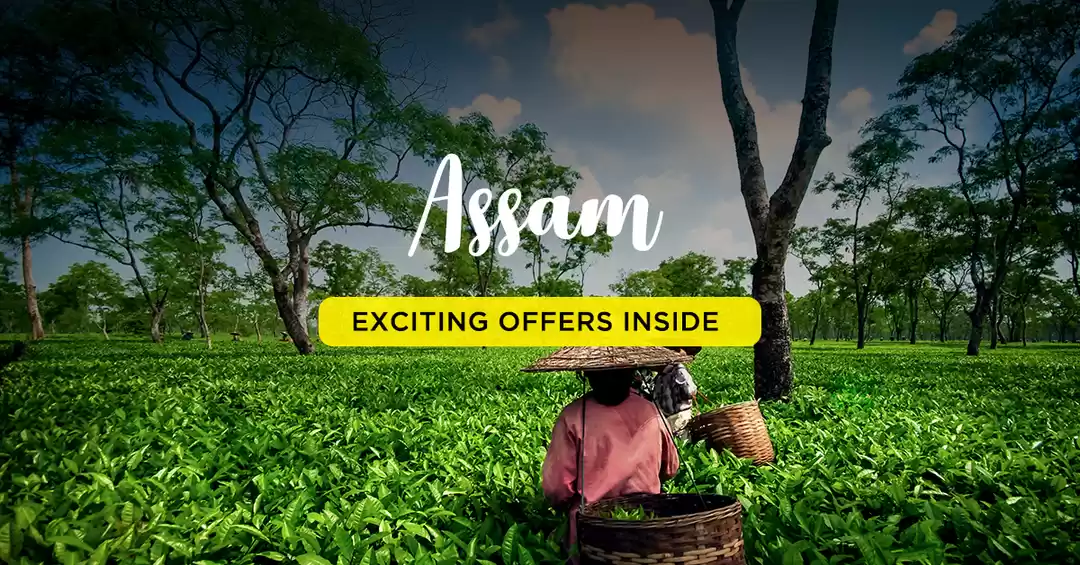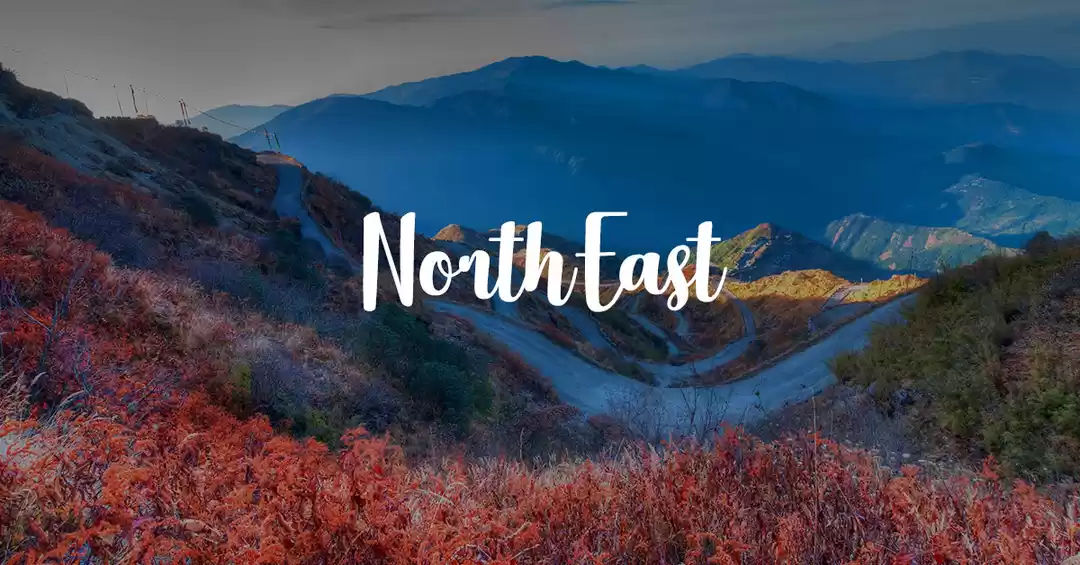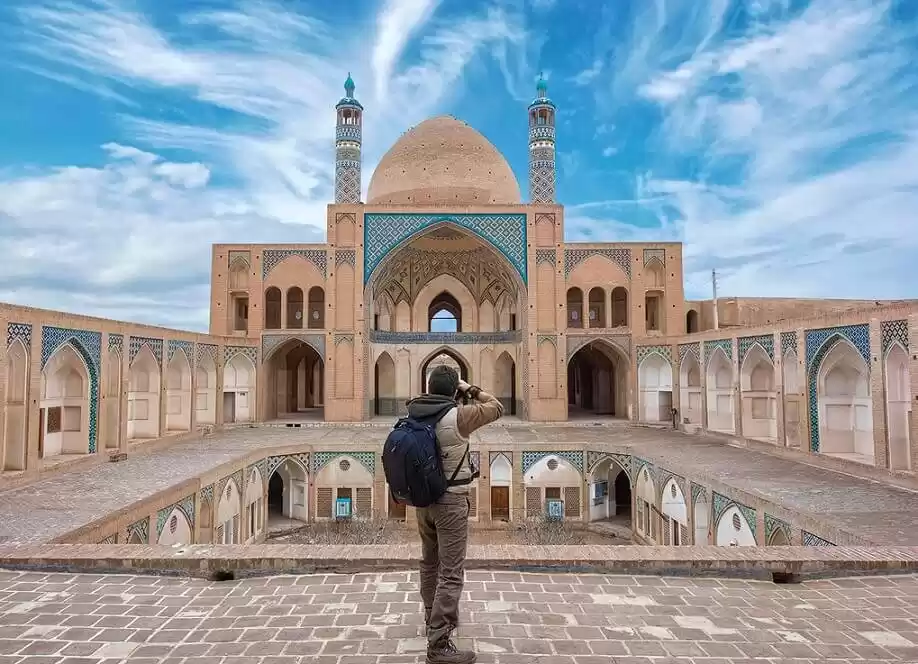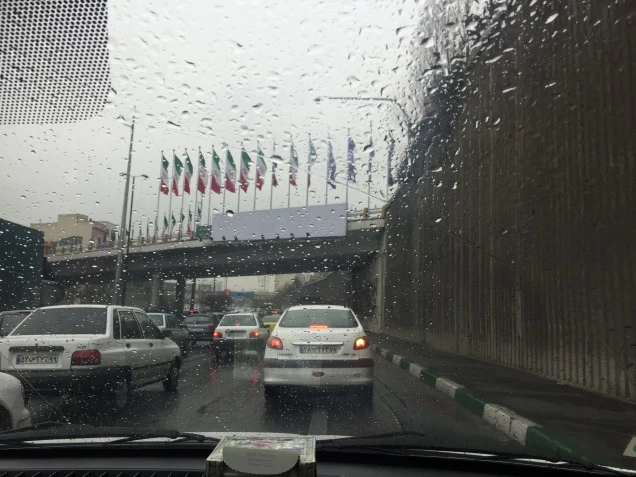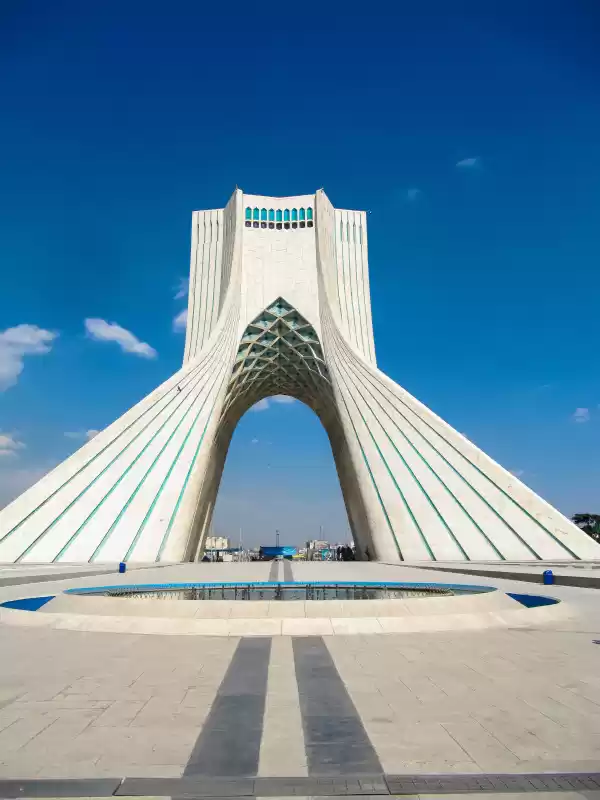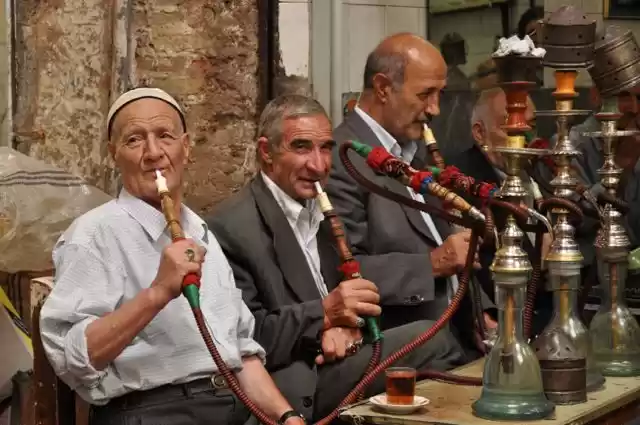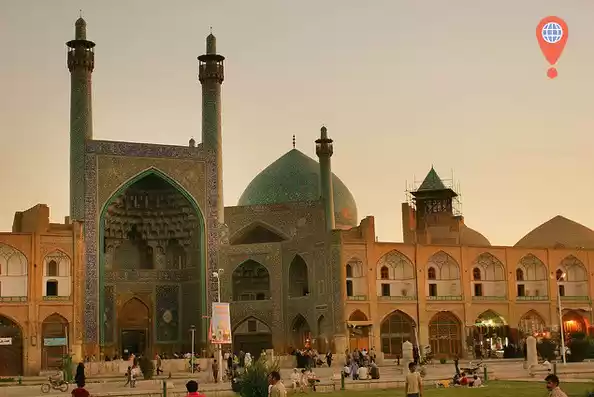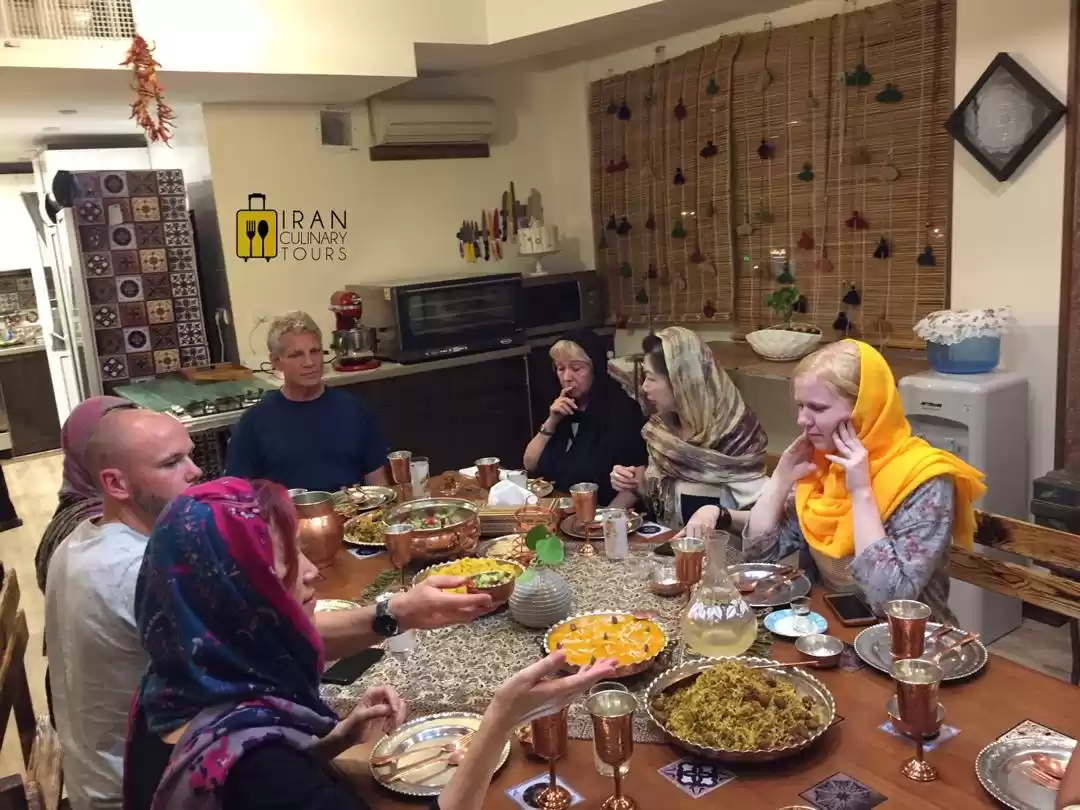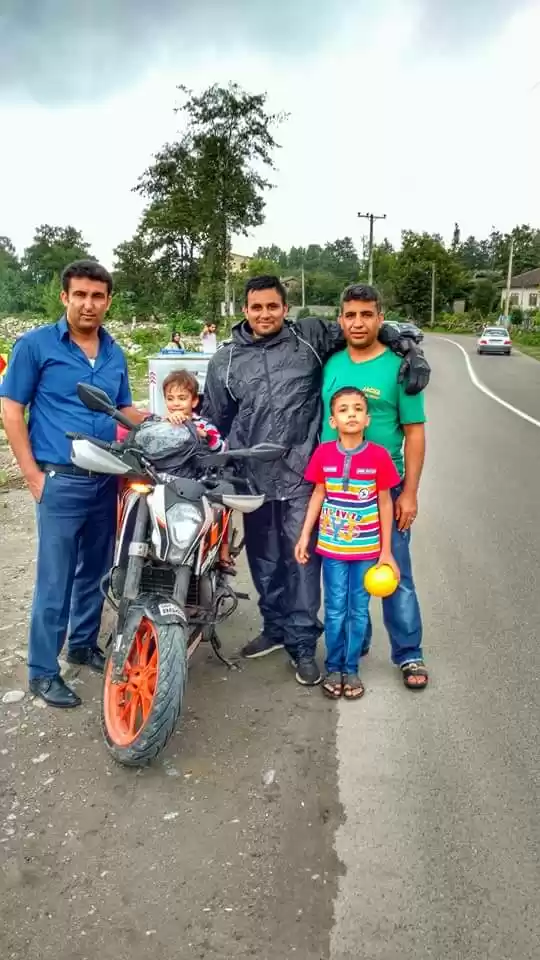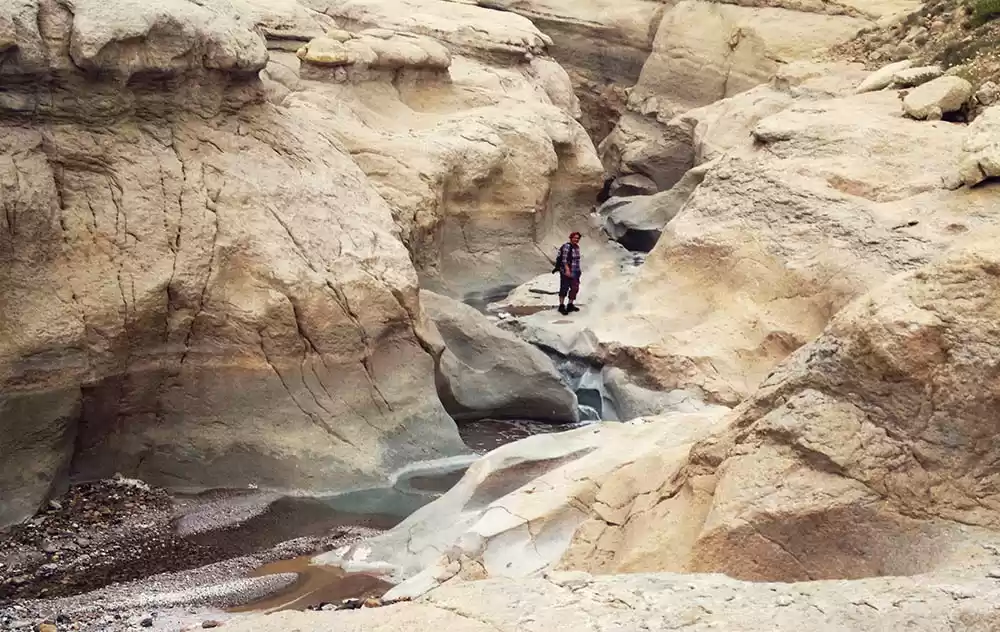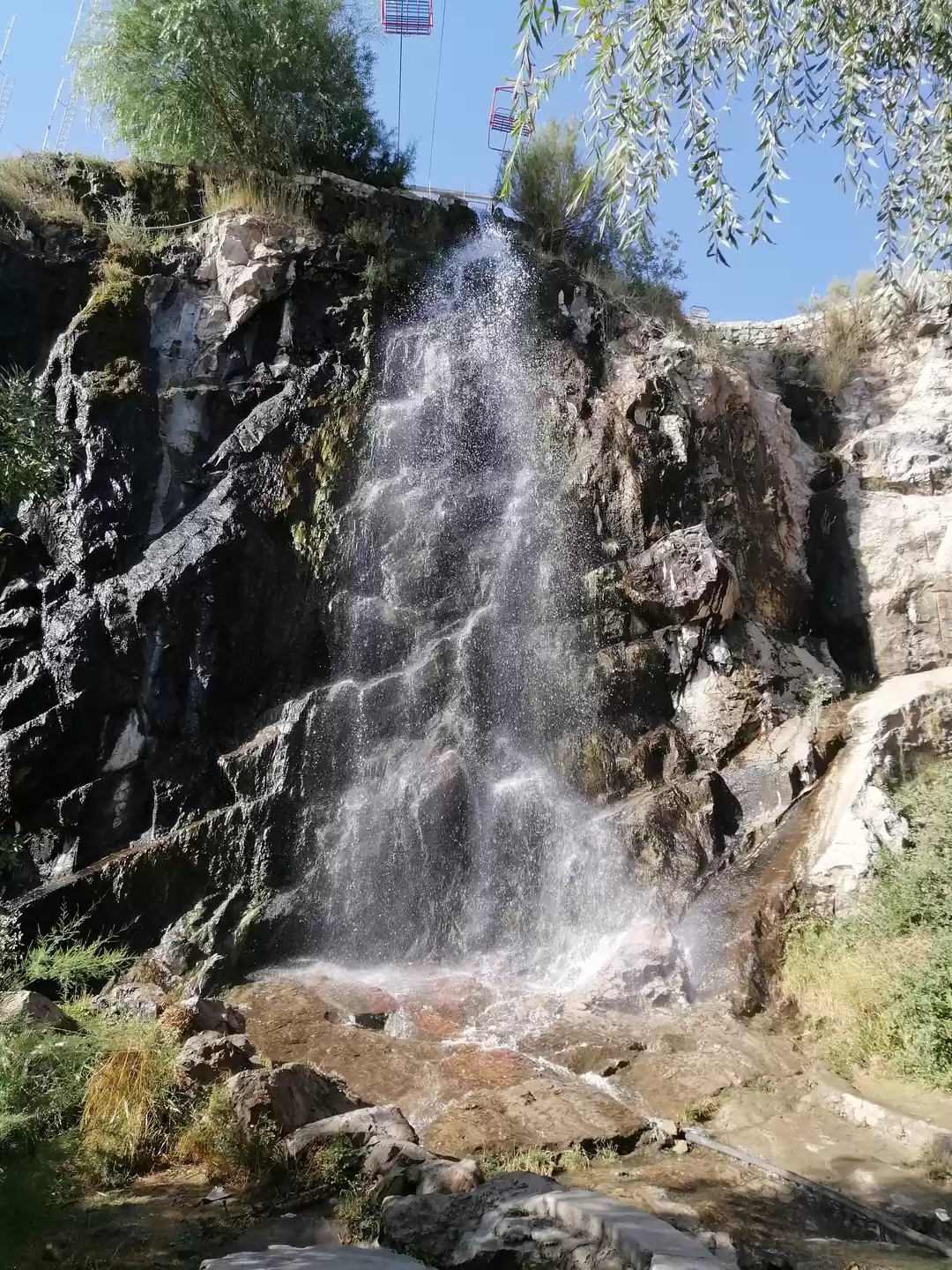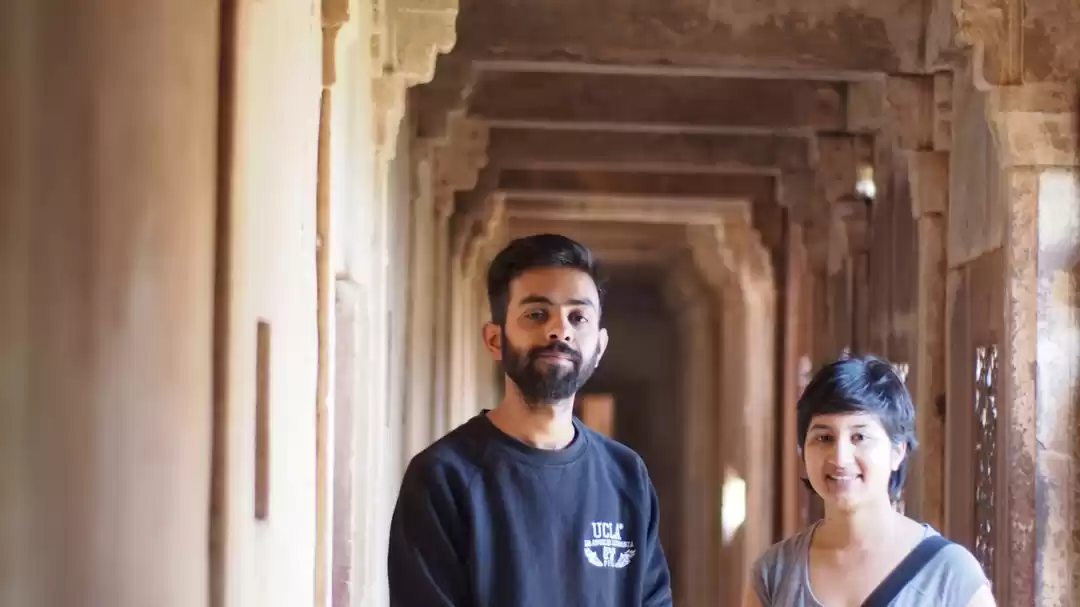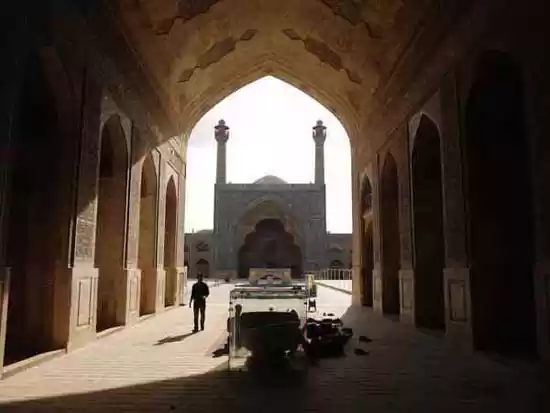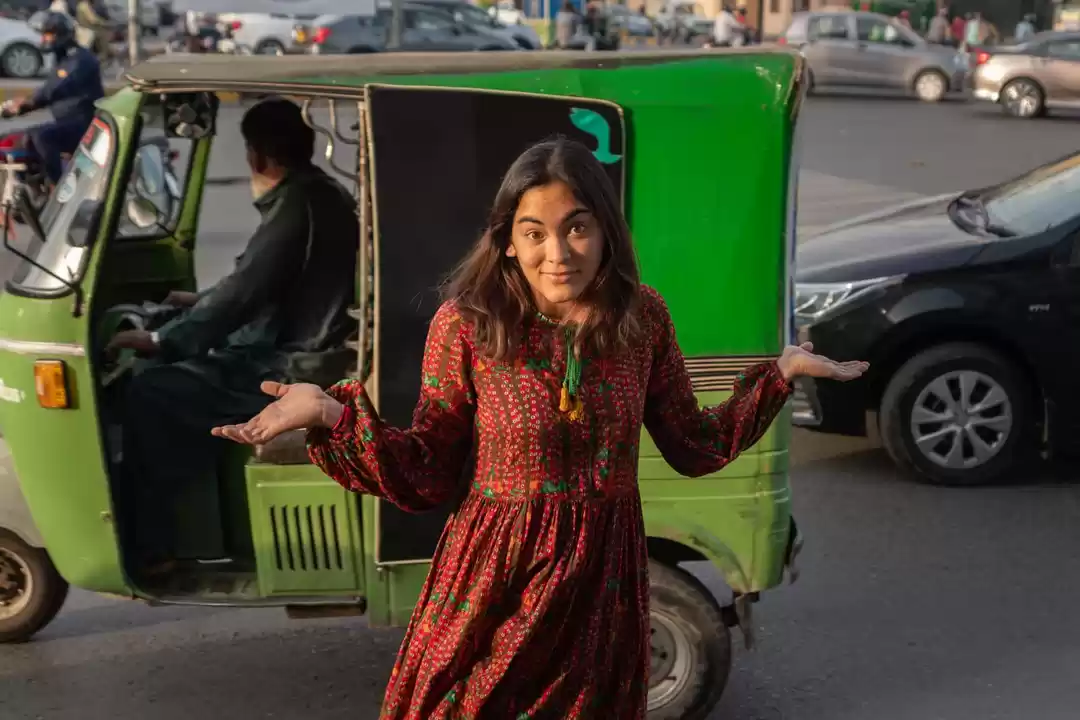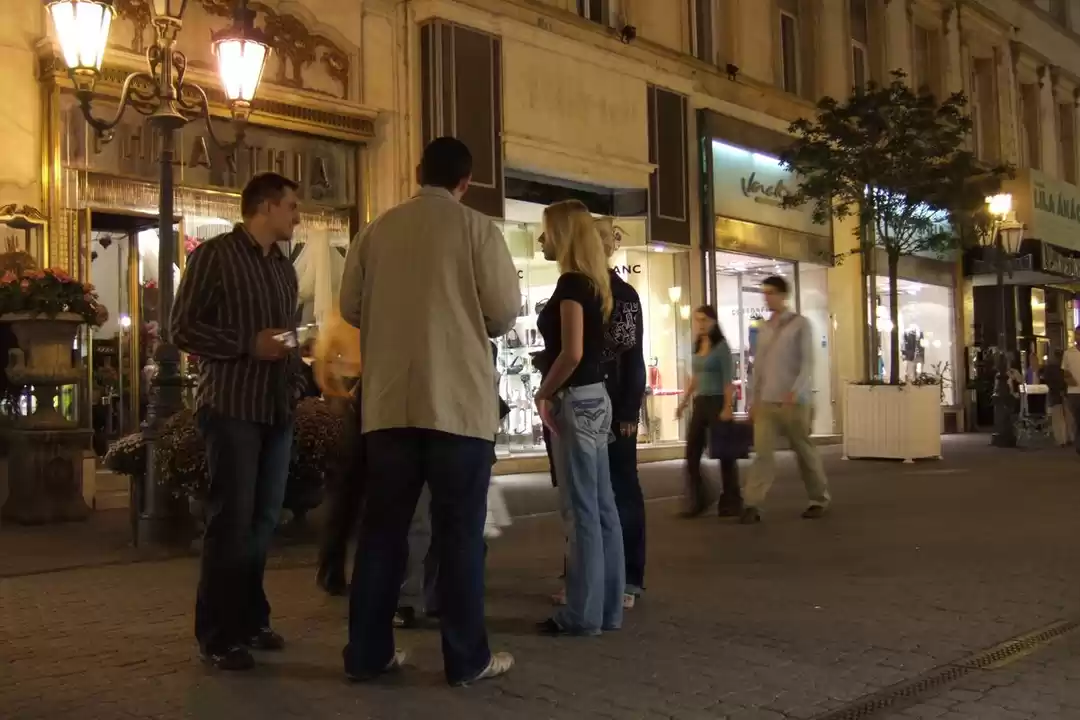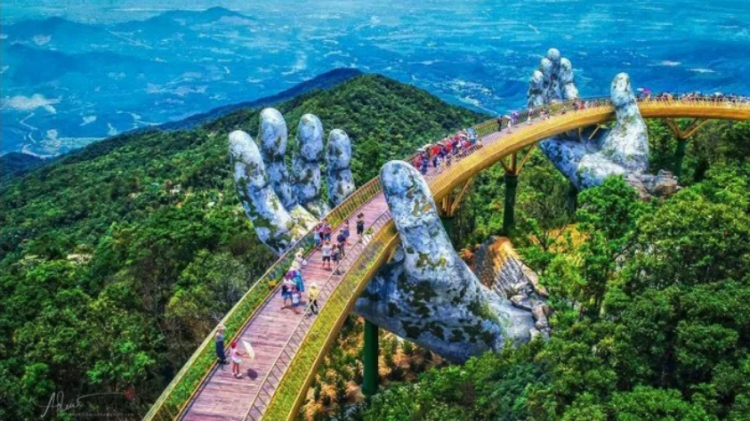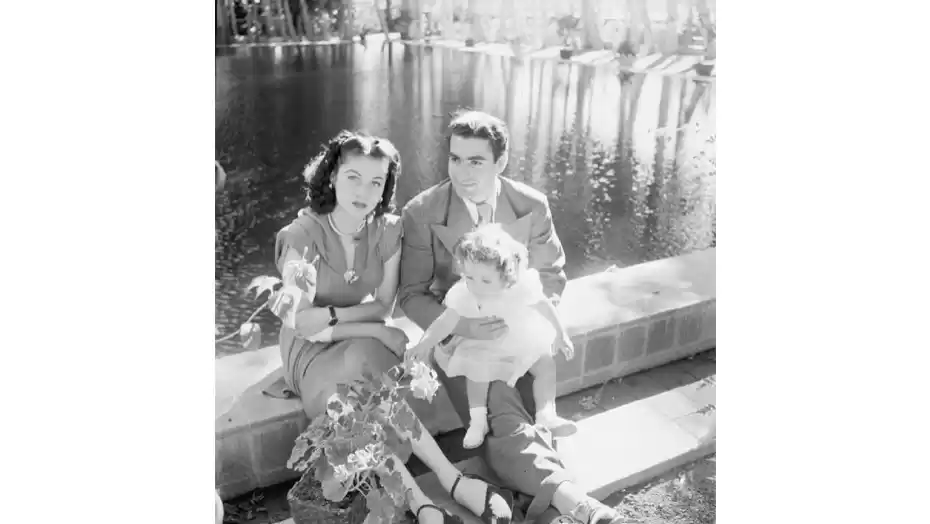



About Iran...
Yes, Iran is different... not exactly exotic with reference to the said culture "western" but has its own characteristics. It has little to do with the Arab neighbors, that are often confused, in addition to the Muslim religion that they share, although predominantly Shiite in Iran. But Iran has nothing to do with the image that for many years was passed to the west of radical religious fanatics. Yes, the weight of the Muslim religion is significant, but the value of 99% recorded in the statistics is not real, at least at the level of the urban population; but in a country that lives under a religious dictatorship for over 30 years there’s "room" for non-Muslims to assert themselves. For an informal survey, perhaps more than twenty percent of the population does not follow the Muslim religion, feeling an attachment for the history of Persia, the Zoroastrian symbols and their earlier traditions before Arab rule that brought the Muslim religion in this territory.
All hate to the West and especially the United States, is far from being real, not going beyond the extremists and some radical religious, with many people trying to get visa to immigrate abroad, with America as a favorite destination. And this desire to immigration, more for freedom than for economic reasons, it takes a lot of Iranian youth with better economic power and higher level of education to want to leave the country, a situation which in the long run impoverishes a nation.
No one ever expressed hatred to America or to the West, but often people showed me their displeasure and disgust toward the ayatollahs, with the imposition of the headscarf, lack of freedom, with the fanaticism of some mullahs, with bad policy and the disastrous economic management governance, which is a holder of one of the country's largest oil reserves is less successful than some of his Arab neighbors.
In a country living under a theocracy where religious command society and politics, where almost everything is forbidden, parties, clubs, alcohol, premarital sex, satellite TV, certain books, facebook, youtube, blogs .. . and another list of things that do not seem real ... much of the population breaks all these rules... here people drink alcohol, listen U2, dating, went to private parties where apartments turns into nightclubs, are sold pirated copies of prohibited discs and movies, where is normal the use of smart-phones, social networks, modern clothes, where women drive cars, are lawyers and taxi drivers... there are stores Bershka, Diesel, Mango and Coca-Cola is everywhere.
A very westernized country and worship a result of the time the Shah Reza Pahlavi ruled (bad or good) the country, and that the Islamic revolution could not erase, revealing itself for example in the high number of people who speak English even among the population older, language that is popular among young people; knowledge showing for Portugal, far beyond soccer, is another example.
One of the safest countries, not only by heavy penalties, where the death penalty and corporal punishment are common, but also by the formation of the people, where hospitality and generosity are genuine as never seen in any other country.
Iran is a too vast country to raise awareness on a journey of a month; vast in terms of history, cultures and ethnicities. A country where many people shows revolt by repressive theocracy that dominates the political and social life. A country where many things are forbidden but where constantly the rules are broken, where the majority of students in universities are women, where social networks and the Internet reach everywhere, were is visible a clear economic growth. A country that in addition to Islamic law are also the weigh of traditions, but which notes a desire for renewal, a desire for freedom, but where dominates a deaf revolt.
A country where life isn’t easy and where many people expect changes!

Farsi:
In Iran speak farsi, distinct from language Arabic that is often confused but are in fact quite different, with farsi with his own characters although resemble the Arabic script with the right-to-left.
In general little is written in latin characters with the exception of route orientation plates, plates with the names of towns, street names, the metro and shops and restaurants in areas with more tourism.
However, there are more languages spoken in Iran, corresponding to different ethnic groups such as Azerbaijani, Kurdish, Luri, Arabic and Balochi.

Numbering:
In Iran the numbering system is in arabic characters, which at first glance have nothing to do with the numbers we have learned to call "arab" that apparently had origin in India.
At first it seems confusing and impenetrable but after a few days, after finding the logical and with the help of some mnemonics we become accustomed to this numbers, which like the western numbers, are written from left to right, unlike text .
Here is a table that helps to memorize the Arabic numerals used in Iran.

PHOTO: Arab vs. Iranian numbers Numbers
Weekend and Schedule:
Following Muslim tradition, the day of rest in Iran is on Friday, with Saturday and Sunday to work normally. However many markets and bazaars, as well as bakeries are working also on Friday, where the exception was the bazaar of Shiraz.
Small shops style grocery stores are also open every day selling commodities for food, soft drinks, tobacco, mobile phone charging ... and a little of everything.
As for schedules, shops and bazaars not start too early, with most opening by 10:00 AM, but extend to the 9:00 or 10:00 PM.
Cash, cards and ATMs:
The Iranian currency is called rials ... and they are in thousands
There are ATMs everywhere but because Iran banks are not connected to international banking networks, the only Iranian cards work to get money. For the same reason the credit cards did not have any utility in Iran.
Alternatively it is possible to send money to Iran by Western Union, which has branches and agents in some cities. It may be a good option in an emergency for lack of funds.
But no doubt that the best option is to bring money on "paper" the good old-style, preferably dollars or euros... yes, yes, despite the "war" to America, the dollar bills are very welcome.
As Iran is safe in terms of crime, not isn’t a great risk carrying big amounts of cash, yet need to use the normal.
According some information the money should be exchange slowly because of inflation and variation of exchange rate between rials and foreign currency. There is a high inflation but rather affects those who live here and is not visible to anyone here if it takes a month. Regarding exchange rate there is a big difference from city to city (according to the competition between money changers) and special from shop to shop. From my experience, in big cities can be the best deals, often without commission or with small values (30,000 rials); in Tehran and Esfahan got 1€ = 39,600 rials*, in small towns like Bam or areas with little or no tourism as Bandar Abbas 1€ = 37,000 rials *. So it is better to exchange a significant amount of money (100€ for example) when you find a "good deal".
But changing money in banks is generally a bad choice: the euros have less value and bank fees are charged (1€ = 35,000 rials) *.
Another option are some hotels or guesthouses that "informally" exchange money, without commission at with a rate a bit better than the banks.
The only disadvantage to exchange a large amount of money at once is that you get a big amount of bills, were one hundred euros "result" in almost 4 million of rials... but there are the 'Bank Cheques' that look like bills, with the values of a million and half a million which makes things easier but that does not always available in exchange shops.
Apart from the difficulty in dealing with the many "zeros" present on rials bil, there is also other adversity for who arrives in Iran: the toman, where 1 toman are 10 rials, with the prices indicates sometimes in tomans others in rials... confusing.
But in general, the products in markets are displayed in tomans, but accommodation and transport are in rials, when values are expressed verbally may be either in taking in rials with... very confusing.
* values from October 2015.

PHOTO: Rials. Bank Cheque
Costs:
In term of costs, traveling in Iran is not expensive compared to European standards.
Examples:
bus ticket between major cities: 100000 to 300000 rials (2.6 to 5.3 €)*
falafel: minimum 30,000 rials (0.8 €)*
ash-e reshteh or halim: between 30,000 rials (0.8 €) and 50,000 rials (1.3 €)*
pizza: 150,000 rials (€ 4)*
The largest share of the budget goes for accommodation; some examples, with the amounts vary widely from city to city, with a room in Tabriz costing half of a bed in a dormitory in Kashan. Almost all hosts include breakfast, and almost all with shared tolets:
- single room in mosaferkhaneh: about 250,000 rials (6.6 €)
- bed dormitory, in a hotel: 300,000 to 500,000 rials (8-13 €)
- single room in hotel: 500,000 rials (13 €)
- double room in hotel: 600,000 rials (16 €)
A one month stay the average cost were 15 € / day with:
46% accommodation
23% power **
20% transport
6% entries in tourist sites
5% small stuff (telephone, laundry, etc.)
* values from October 2015
** With vegetarian food: ash soup, falafel, pizza, snacks, fruit, nuts ...
The price of the rooms can be negotiated, getting better deals when traveling in low season.
The price of goods in markets, even when marked can be negotiated; exceptions are the food, restaurants and buses.
If there were a ranking in terms of honesty about money, Iran would be in the first places of the countries visited. At the very start, when we still do not get used yet to the money full of zeros, and when not yet know the price of things, did not realize they have been cheated on prices; even unable to communicate with people who do not speak English, where I had to show some rial bills for them to take required value, I did not realize that the shopkeepers were taking advantage of the situation. Exception are the taxi drivers. In the words of a friend "as they are Muslims and fear Allah, even if it is just a little mistake!"
When to visit:
The climate of Iran is characterized by four seasons, with the summer with very height temperatures and the winter, cold with snow in some places. The area near the Caspian Sea is less dry with cold and rainy winters, and snow in some places. Tehran and all the north of the country have also cold winters. The best time to visit is autumn (October, November) and spring (March, April and May).
The Muharram, when Ashura is celebrated, vary according to the Islamic calendar, and as it is a lunar calendar has no fixed date in the Gregorian one, but in 2015 began at October 13th. The Nowruz, the Persian New Year is on March 21, marking the beginning of spring.
Gender segregation:
A bit like Turkey, but in a more rigorous version, in Iran there is segregation between the gender in public transport, but not only in trains and long distance buses, where men and women can not be sitting side by side if they are not married or family, but also in city buses, metro and taxis.
In local buses women traveling on the back, using the back door to get in and out. If you need to buy ticket to the driver must first get through the front door and then use the back door to reach the female side of the bus, as there is a bar that separate the two sides. Couples must travel separately. In some cities this system is more flexible, and there isn’t a physical barrier and people tend to disregard this rule.
Almost naturally when people line up at the bus stand follow the same criteria of segregation, with men and women lining up in opposite directions.
In Tehran subway the first and the last carriage of the composition is exclusively reserved for women, separated by a locked door with chains and padlock, with the remaining carriages accessible to both sexes, yet with almost no female presence other than some couple.
In shavaris (shared taxis) a means of transport widely used across the country both in cities as in trip between cities, also applies this rule. It’s not unusual when a taxi stops to pick up more passengers, people have to exit and re-enter so that in the back seat only seat people form the same sex.
Dress code:
For men the dress code is very flexible but apparently is forbidden to wear shorts on the street. However t-shirts and short-sleeved shirts are accepted without any problem.
Women have more restrictions. The hair must be compulsorily covered, but only the Muslim women use the hijab, covering totally hair, hear and neck. Most often is a scarf over the head, with the ends thrown back over the shoulders, revealing some hair. It is normal for women tight their hair, which helps to hold the scarf over the head. Between young women if often the scarf slides reviling most of the head.
Long sleeves and legs covered to the ankle. Rarely see a woman with skirt, but jeans tights are very popular among young people. The tops must be long in order to cover the hip, being very common the use of manteau, which resembles a raincoat, that may be used totally fair and buttoned or have a looser form open at the front.
As for colors, there is no obligation to wear dark clothing, with light colors being more suitable in the sunny hot weather.
One can walk in sandals but rarely I saw someone with them.
In girls the veil of use is required from 9 years, but many schools include it in the uniform since the beginning of schooling.
Chador, a garment that covers from head to toe open at the front is only mandatory in some religious sites, being provided at the entrance.

PHOTO:Dress code
Nose surgery:
One might almost say that they are a national obsession, and we often see people on the streets with little patches on the nose, synonymous with recent surgery to change the shape of the nose, both men and women. So with this Iran is loosing a bit of ethnic identity in a country where dominates the aquiline nose.
But the fact that the female population being forced to use the hijab covering the hair and the restrictive dress code, which prevents display arms and legs, etc... means that the face is the center of all attention, with almost all women to wear make-up, resulting from the exaggerated importance given to the shape of the nose.
It is said that those who want to show that what to look "in" but doesn’t have the financial capacity for surgery, limited to place the patch on the nose.
Water:
Tap water is drinkable and despite not always have the best flavor ever caused me any problems.
There are water fountains all over the place, in the city streets, parks, and historic areas, often with chilled water.
Mobile Phones:
The international mobile phone networks do not work in Iran.
So the best option is to buy a national SIM card as it is useful to have a phone to book hotels (emails don’t always have quick replies). Call and message to foreigner countries don’t work.
The card with some credit on call costs 200,000 rials. For this a form must be fill in one IranCell shops and is required three signatures, the name of the father, and the fingerprint of the right index finger... who knows for what?!?!?!
Calls as well as the messages are very cheap. Loading are made based on a code that you can buy in stores Irancell (which are not easy to find) but are also available in grocery stores, they are sold in amounts of 20,000 rials.
Internet and wi-fi:
Wi-fi is available in all hotels, and even some hostel and mosaferkhaneh have free wi-fi.
However due to the many filters imposed by the government on access to information, the internet is slow and downloads almost impossible. Facebook, youtube, blogs and some seemingly innocent pages are blocked... but you change this by paying someone to change some settings on your smart-phone, tablet or lap-top.
Note that in Iran https isn’t working, whereby the bank movements and the use of credit cards have some risks.
PHOTo: Internet sites blocked. This is the image that appears when you want to access some websites that are blocked in Iran

Immigrants:
Iran attracts Afghan immigrants, resulting from the protracted war, who easily identify by the traditional form of dress, and often working as porters at the bazaars. It is also in the bazaars and in less skilled jobs that we can find many Kurds, easily identified by balloon trousers, tights on the ankle.
The war in Iraq also brought many immigrants that are more concentrated in southern Iran, but they are all over the country, easily identifiable by the long robes, and more often by the scarf, shemagh, with typical black and white pattern.
Ta 'arof:
A very present tradition in Iran reveals an exquisite courtesy code. When someone offers us something, for example a tea, a meal, a free bus ride, a sweet, etc... we must always refuse, even if our wish go in the opposite direction. From those who offer competes him the paper to insist again and again, and on our part we have to evaluate if this offer can be accepted or not... left hungry those who have little to eat, not harm a business or harm who do not have good financial situation.
A complex practice that is not easy to incorporate for whom it was not used to this system, and that, as a foreigner, is often subject to offers, be it food, bus tickets, rides, tea...

Tea... Chai!
Tea, Iran called "chai" is definitely the national drink and is consumed in the morning for breakfast and then, throughout the day, as a reason for a break, a conversation... Here as in other countries is also common the samovar, large metal container from which the water is kept hot, which is added to the tea prepared in a small pot, laid on top of the samovar, keeping the tea hot all the time.
There are tea-shops, where you can drink tea, talk and smoke qalyān (or hookah) but where women are not allowed, or at least are not supposed to enter.


